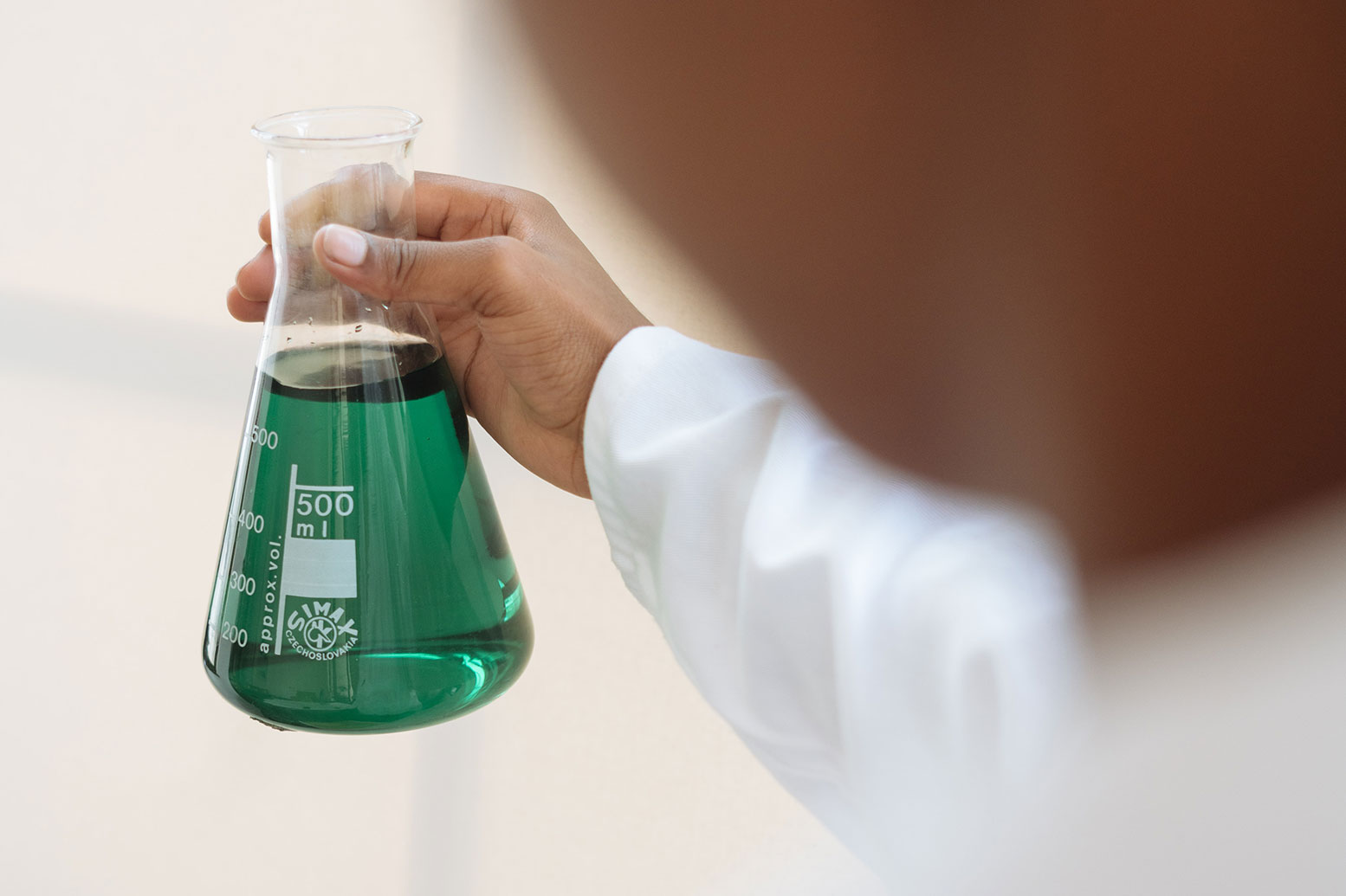Incredible increase in the demand of biodegradable biotechnological products including enzymes and biopolymers has diverted the researchers to search for more biological sources capable of producing them at industrial scale. Many microbial sources from different regions have been exploited for this purpose. One of the most important genera from microbial sources exploited for this purpose is the lactic acid bacteria (LAB). Exopolysaccharides produced from LAB have gain popularity among industrial sectors due to its generally regarded as safe status (GRAS) because LAB and their bio-products are used in several food industries (Welman & Maddox, 2003). Tremendous diversity of microbial species has contributed enormously in the industrial revolution and biopolymers from biological resources have proved to be the major asset of several biotechnological industries. Among several bio-products available in the market, one of the major contributions in various industrial sectors is of biopolymers and dextran is one of the few biopolymers that have multiple uses.
Leuconostoc mesenteroides is an LAB and this epiphytic bacterium due to its presence in naturally fermented foods is considered GRAS (Holzapfel & Schillinger, 1992) and they are known to produce variety of food grade exopolysaccharides. Among them L. mesenteroides is used for the production of a biodegradable glucose polymer known as dextran that has several targeted industrial applications from food, cosmetics, pharmaceutical to oil drilling industries (Kim & Day, 1994; Leathere, Hayman, & Cote, 1995; Shamala & Prasad, 1995; Sutherland, Reh, Reed, Puhler, & Stadler, 1996). Among many exopolysaccharides available from microbial sources dextran has gained worldwide recognition because L. mesenteroides is capable of producing water soluble and insoluble dextran with diversified properties (Dols, Remaud-Simeon, & Monsan, 1997; Dols, Willemot, Monsan, & Remaud-Simeon, 2001). Dextran is a homopolymer of glucose and is synthesized by dextransucrase in the presence of sucrose as a substrate (Santos, Teixeira, & Rodrigues, 2000). Dextran produced by different strains differs in their glucosidic linkages, degree and type of branching, mass as well as including all the physical and chemical characteristics (Cote & Robyt, 1982; Figures & Edwards, 1981; Zahnley & Smith, 1995). Production of both dextransucrase and dextran from L. mesenteroides is highly effected by numerous physico-chemical factors (Kobayashi, Yokoyama, & Matsuda, 1986; Lawford, Klingerman, & Williams, 1979; Lopez & Monsan, 1980; Vedyashkina, Revin, & Gogotov, 2005) and several attempts have been made by rapid advancement in biotechnological processes to improve their production.
Comparison of dextran characteristics produced by L. mesenteroides AA1 with other previously reported dextran revealed that due to its high molecular weight & viscosity characteristics, this dextran can be used for several industrial purposes after hydrolyzing it into different low molecular weight fractions of different grades. Commercially L. mesenteroides B-512F is used for the production of dextran and the percent conversion of sucrose to dextran by this strain is reported to be 41.0 (Qader, Iqbal, Rizvi, & Zuberi, 2001) as compared to L. mesenteroides AA1 which is 48.9%. It is evident that yield of dextran and it molecular weight from L. mesenteroides AA1 is higher is as compared to previously reported strains (Farwa et al., 2008; Qader, Shireen, Aman, Iqbal, & Azhar, 2007). The key points for production of dextran in industry are it molecular weight and dextran yield and keeping these point in view L. mesenteroides AA1 is a potential candidate for dextran production at industrial scale. In industrial grade form, this high molecular weight dextran from L. mesenteroides AA1 can be used in oil drilling industries as dextran-aldehyde complex or as protective colloid during mud drilling operations. As a colloidal preparation it can also be conjugated with iron and other chemicals to prepare different derivatives that can be further used for various pharmaceutical purposes.

